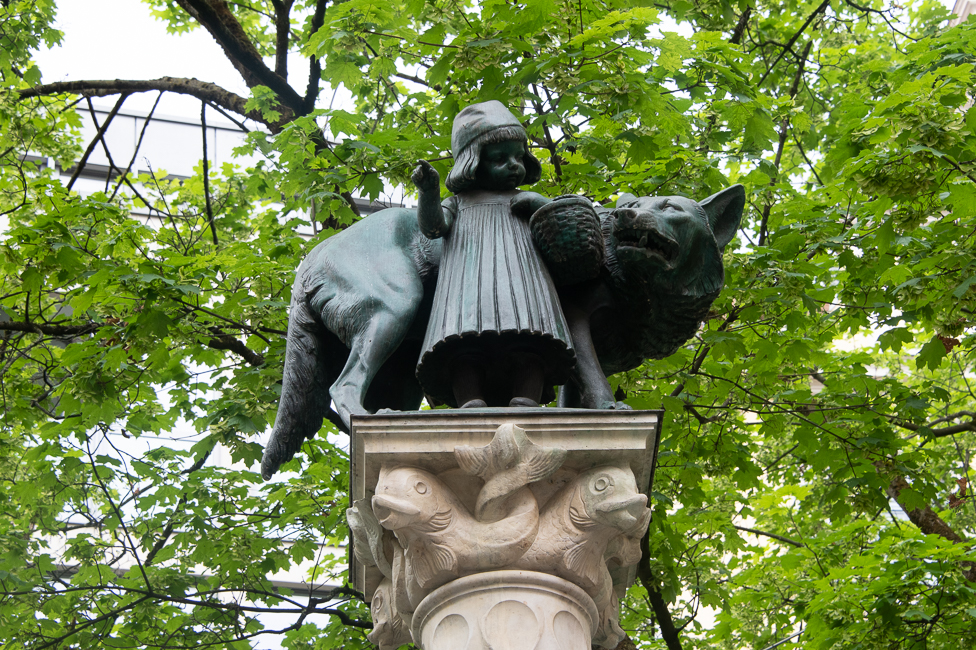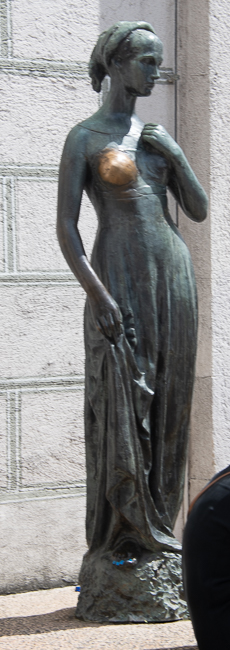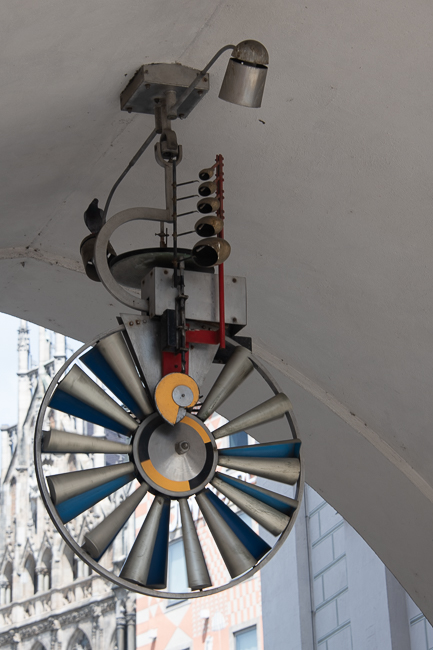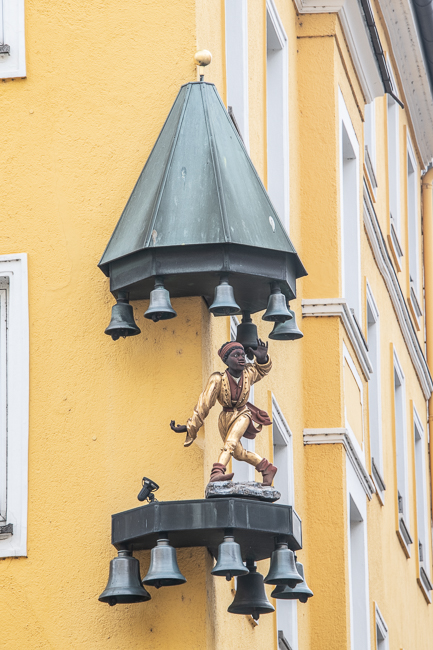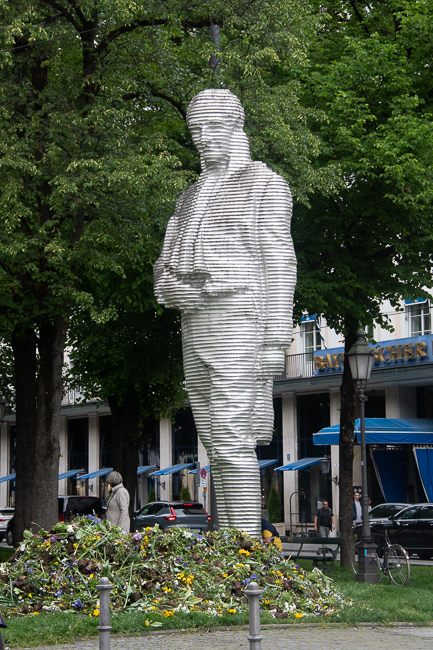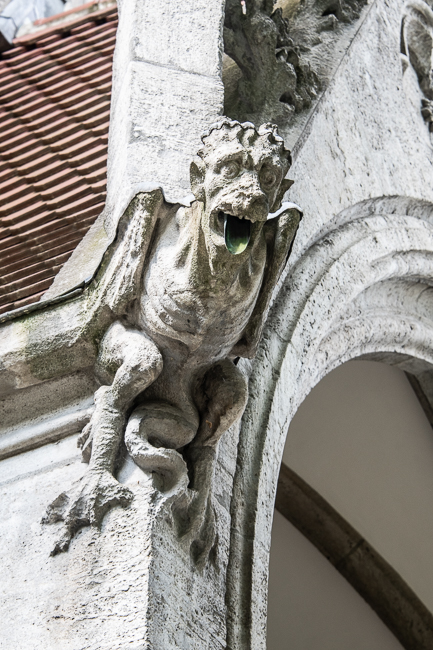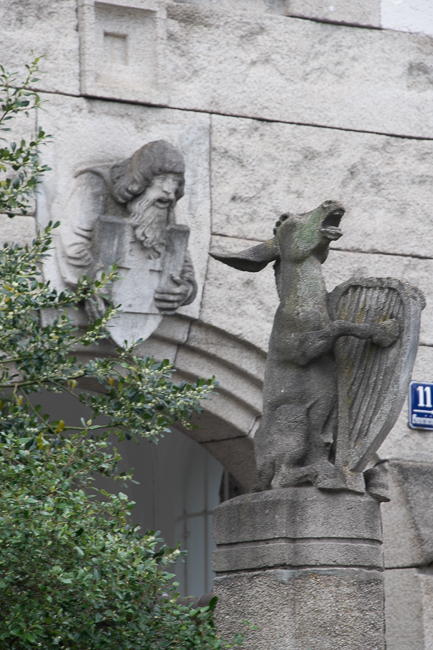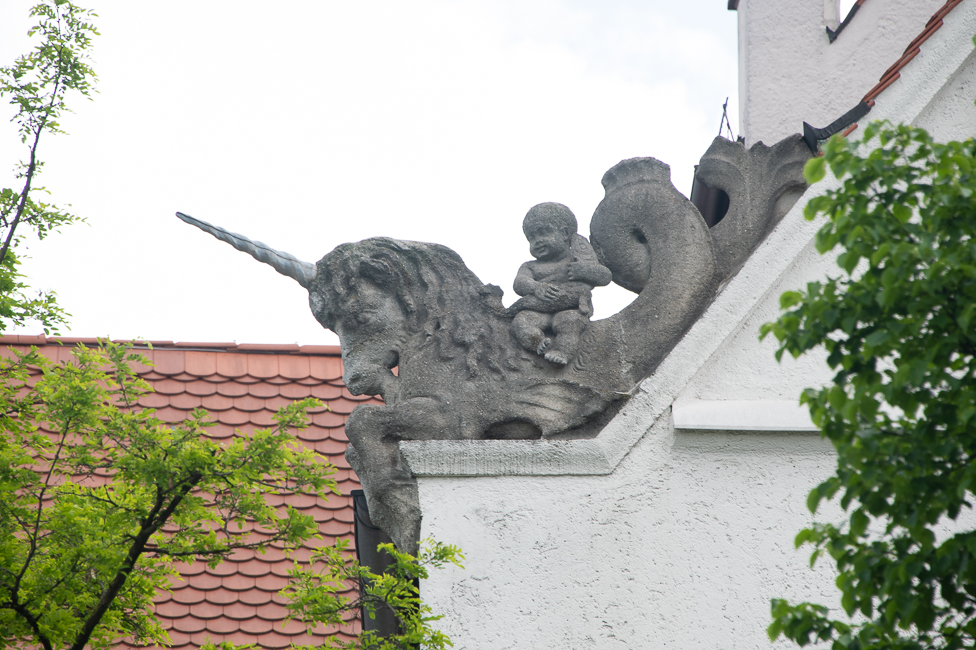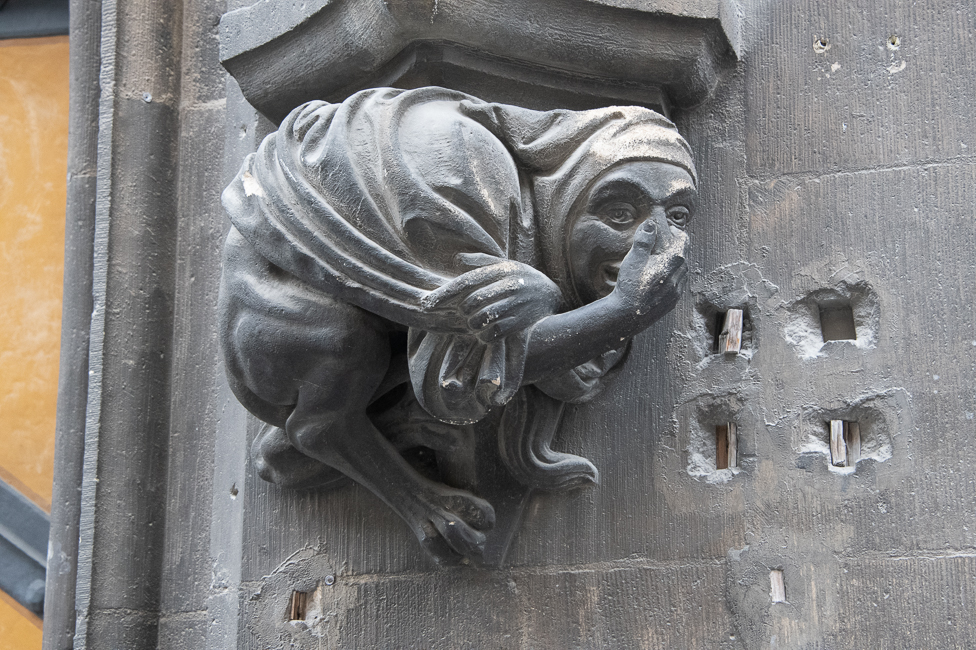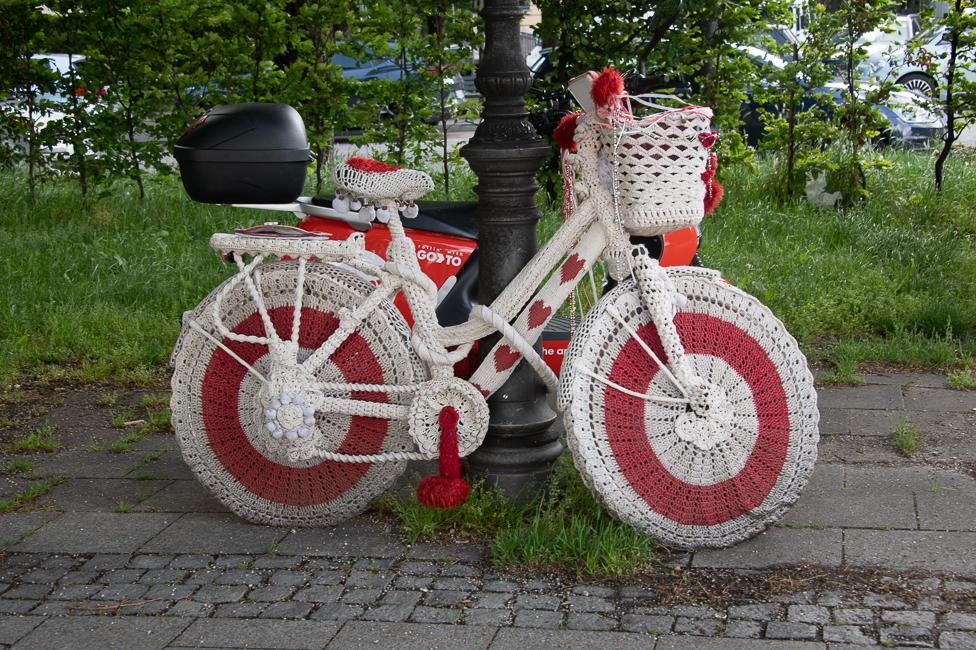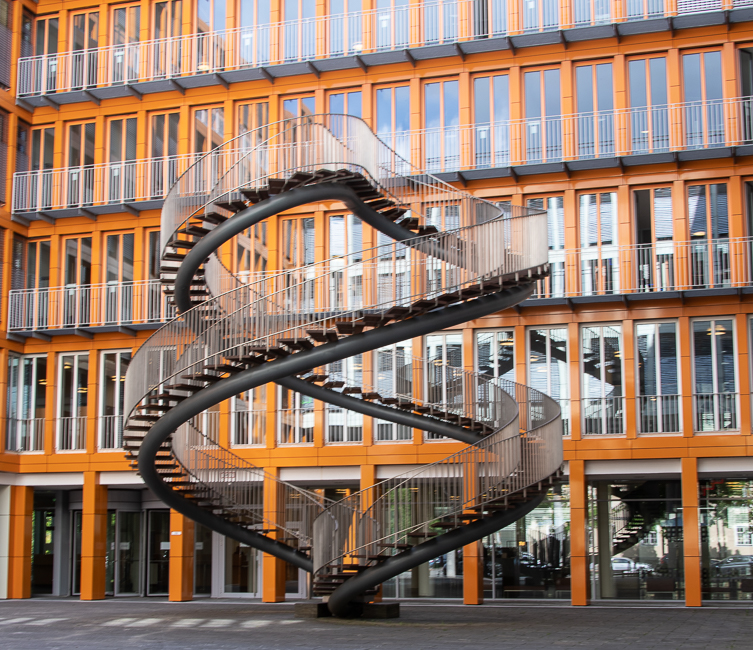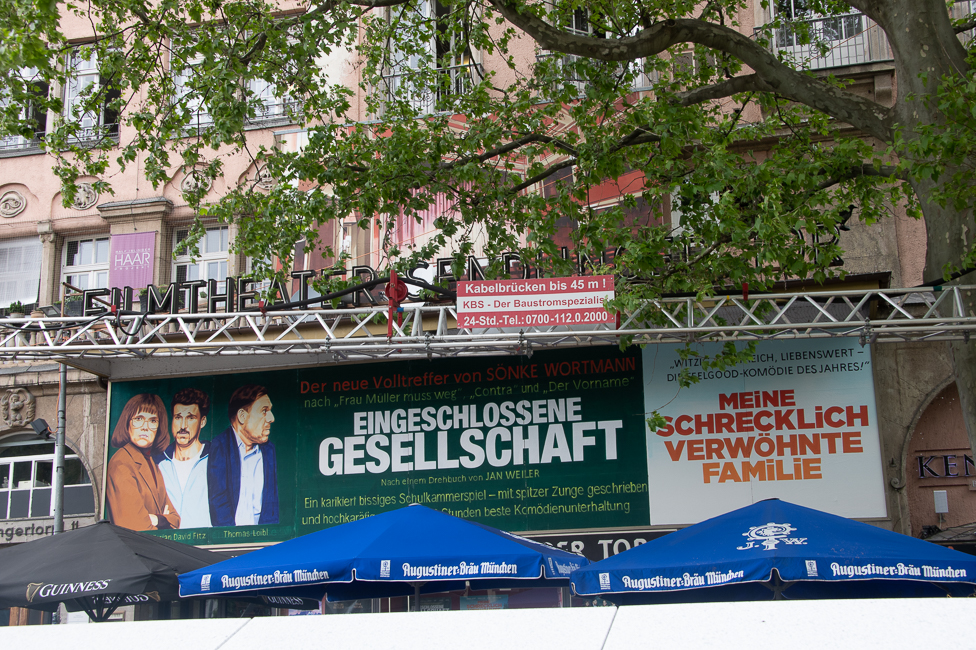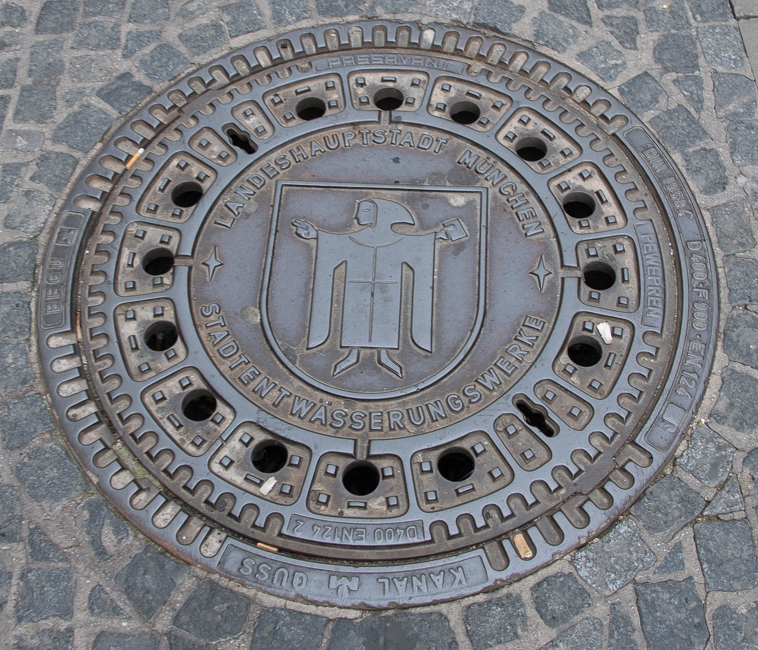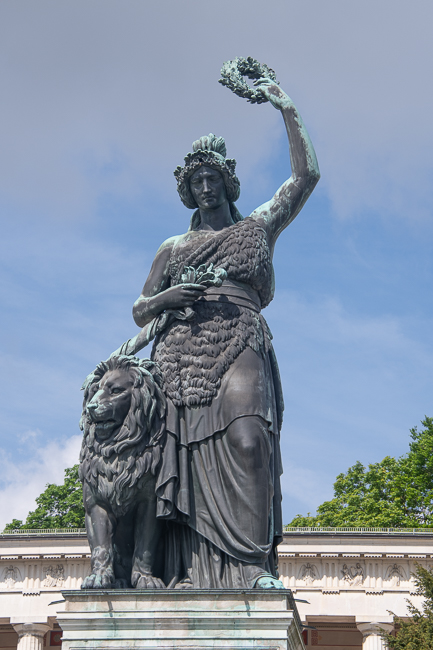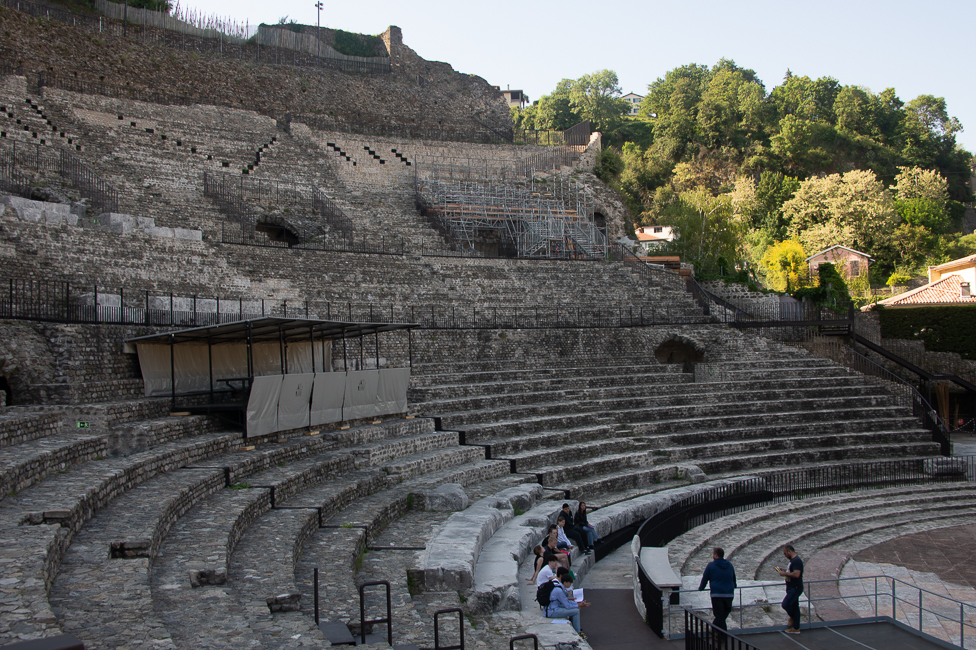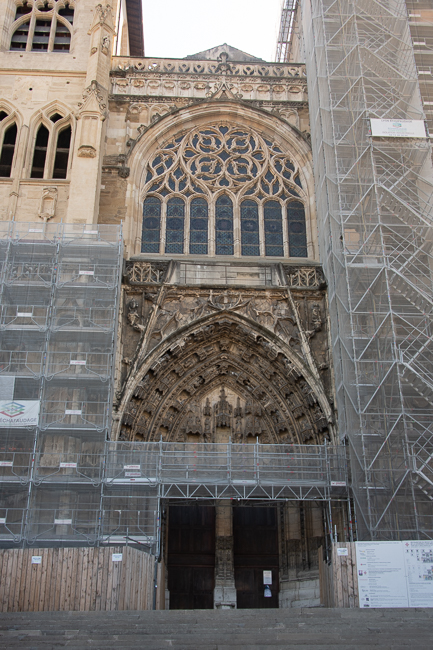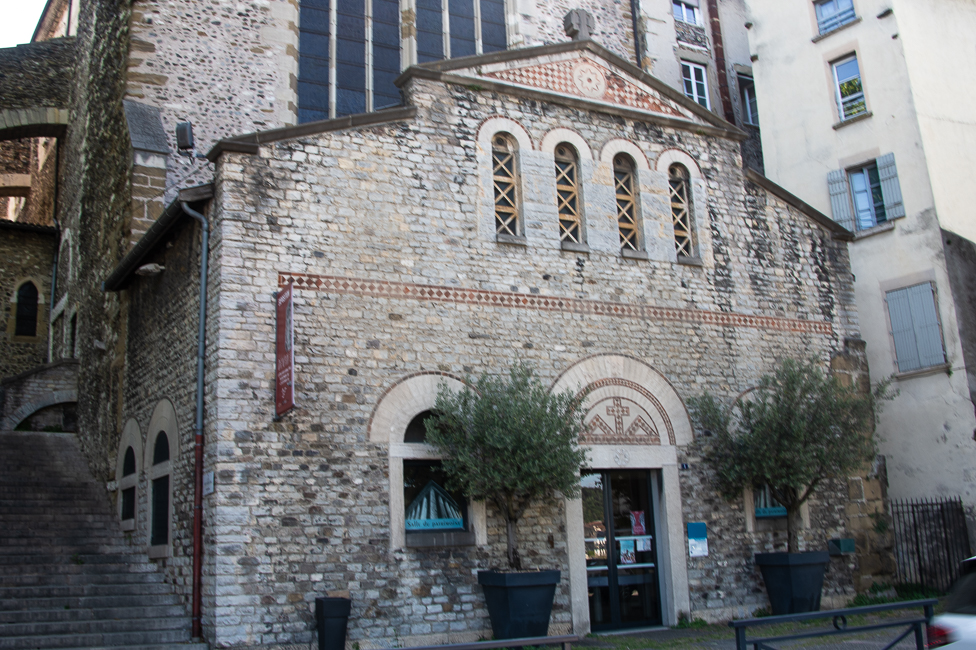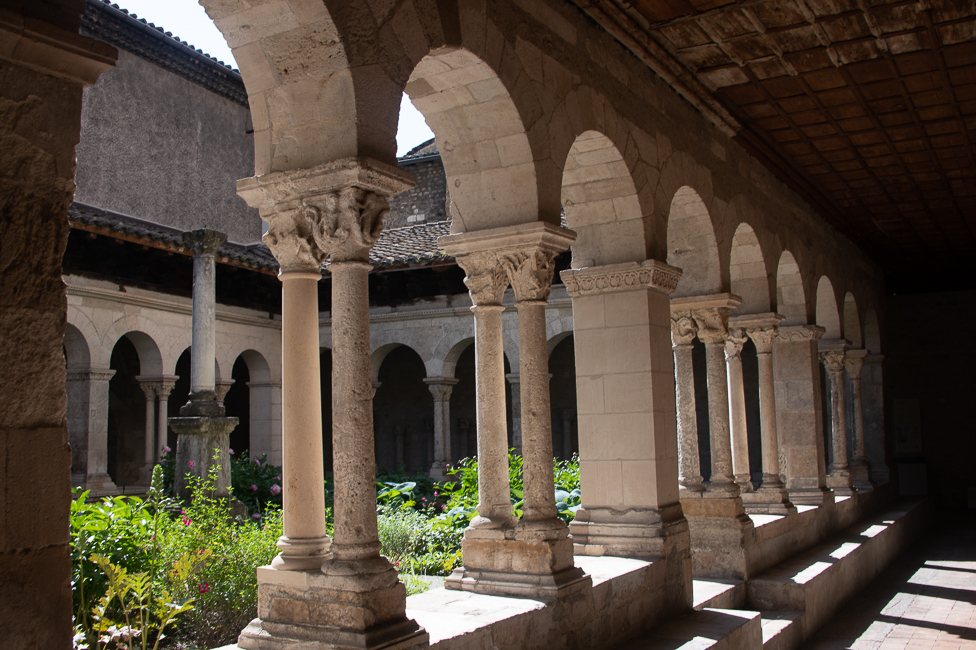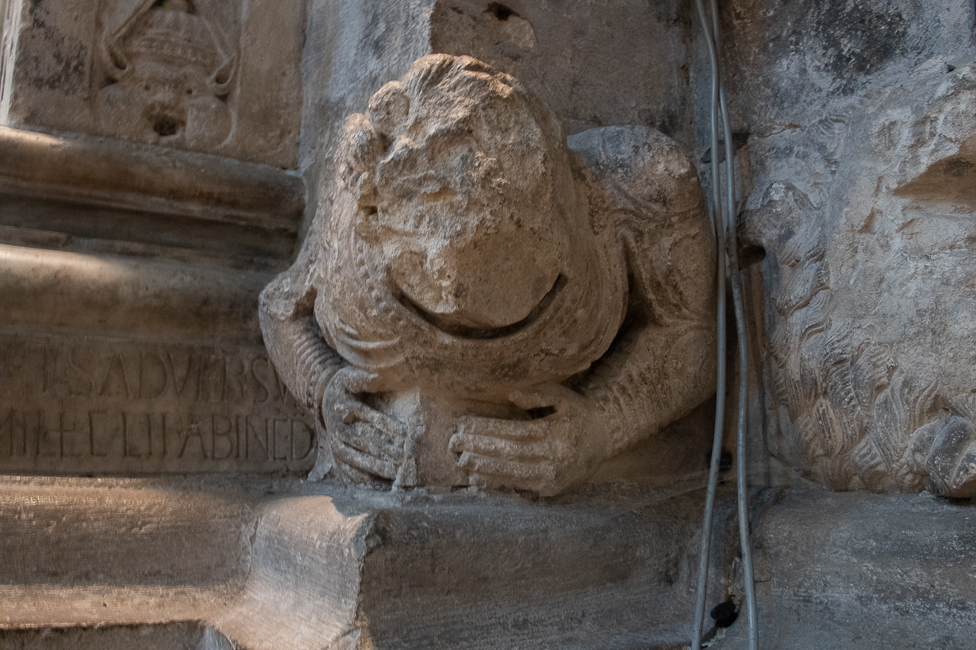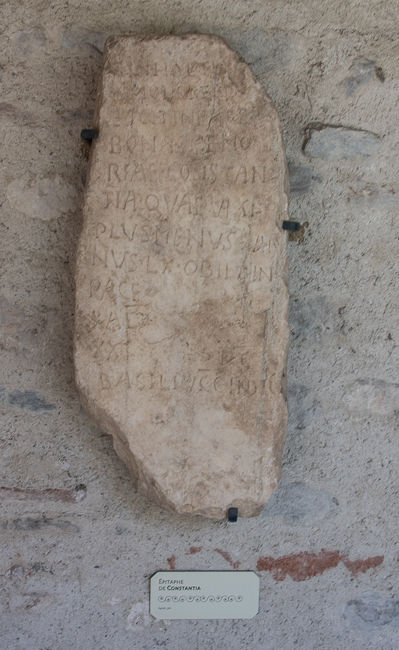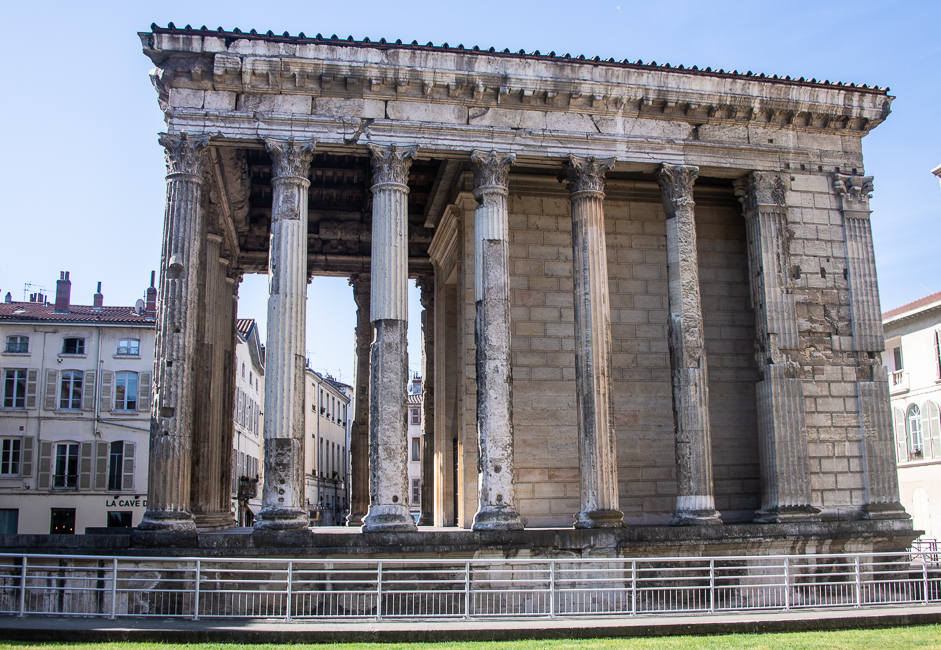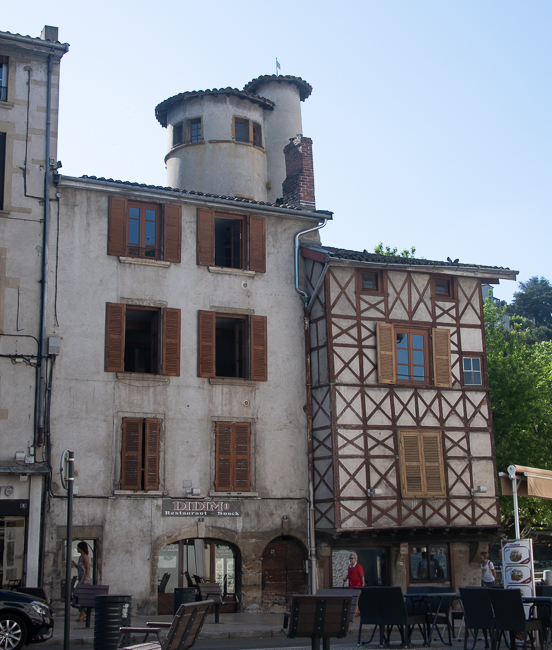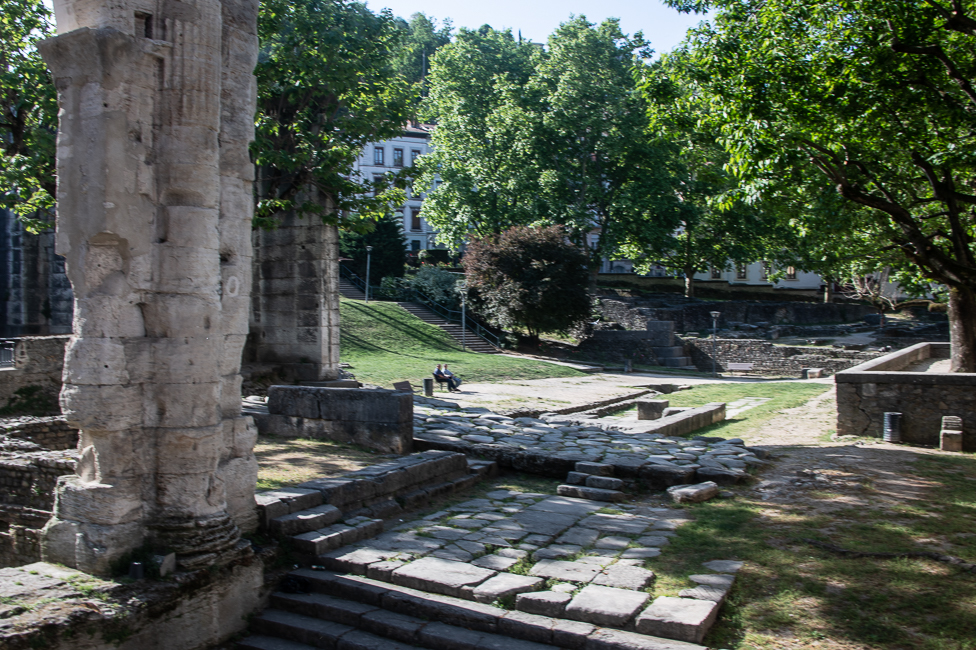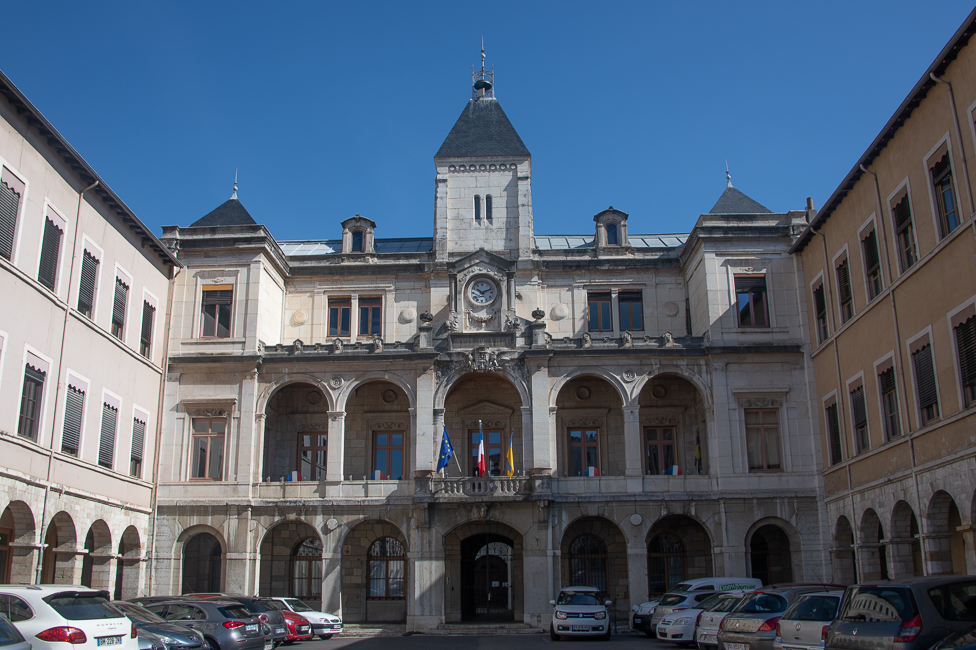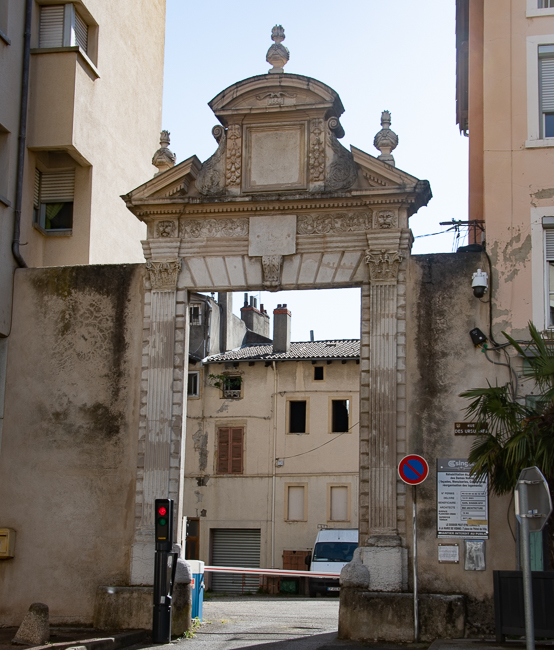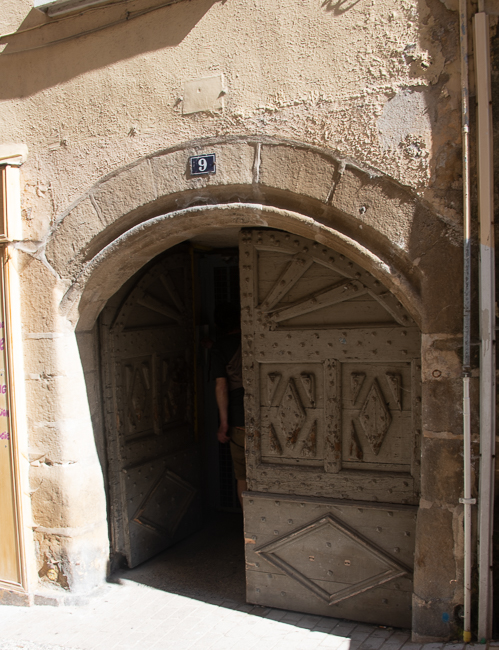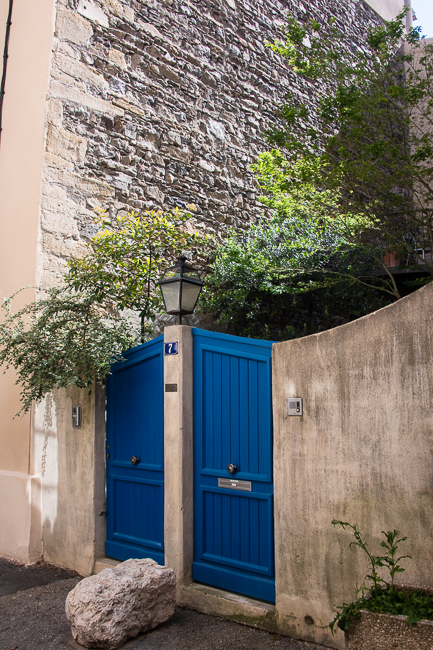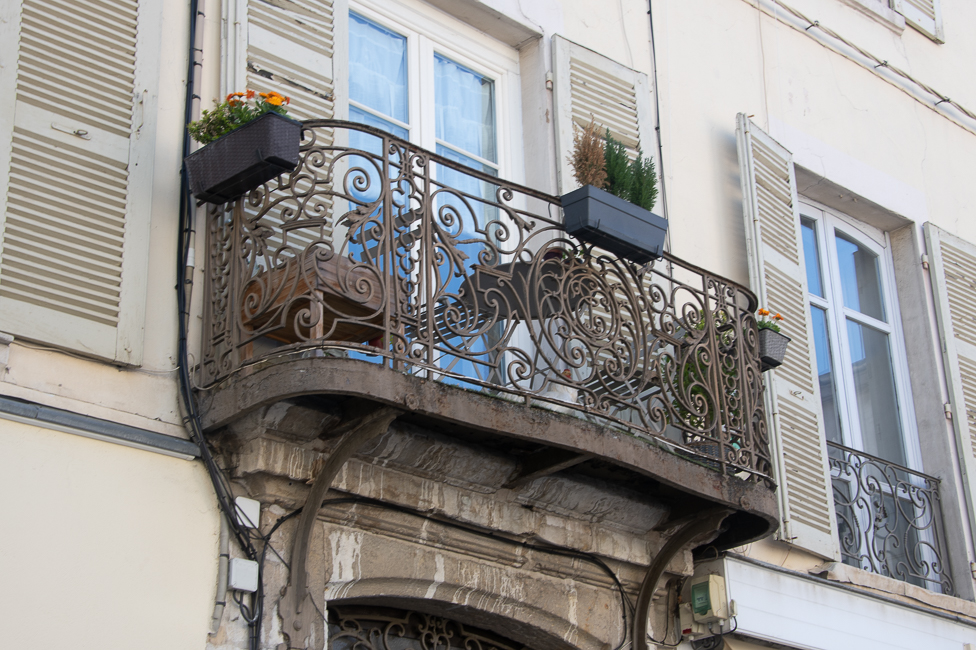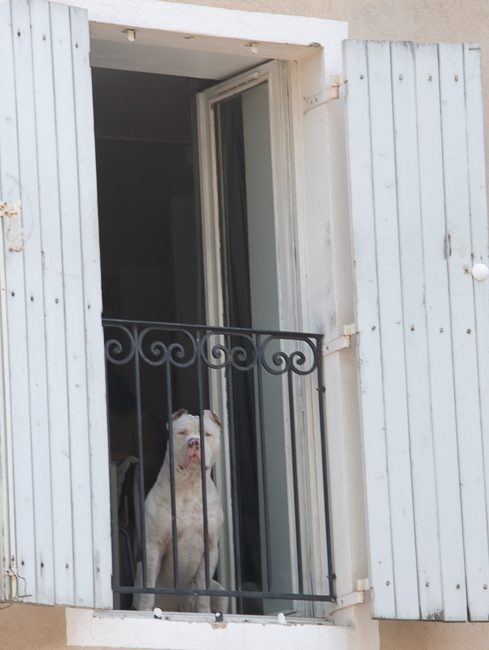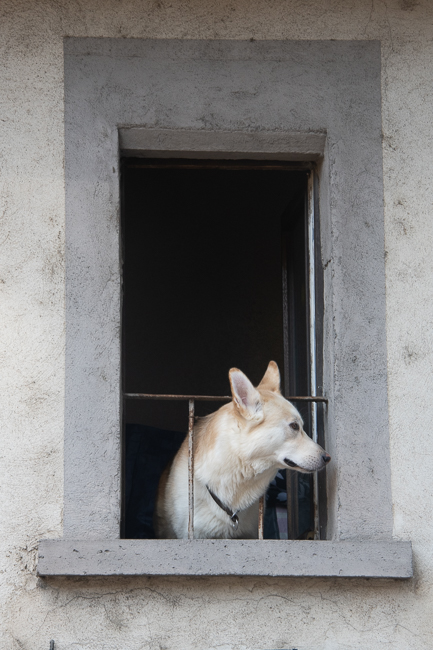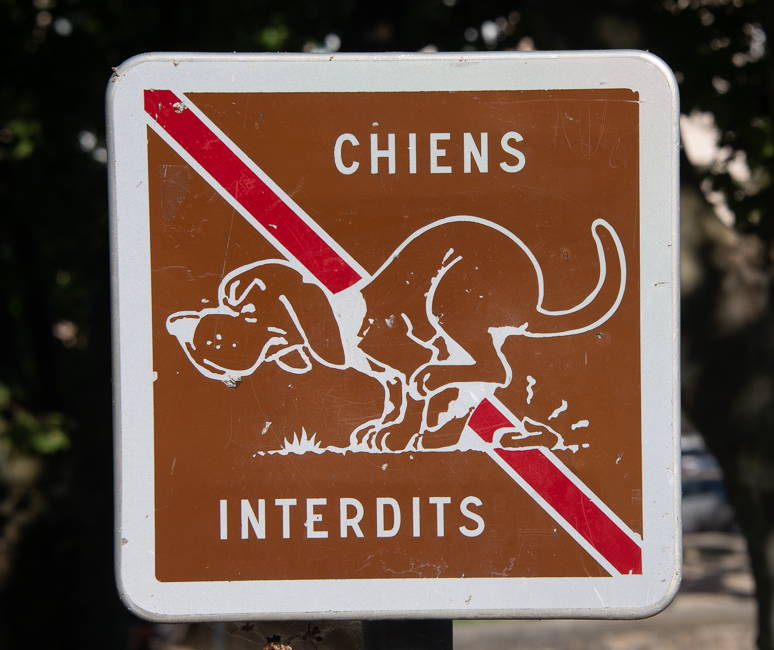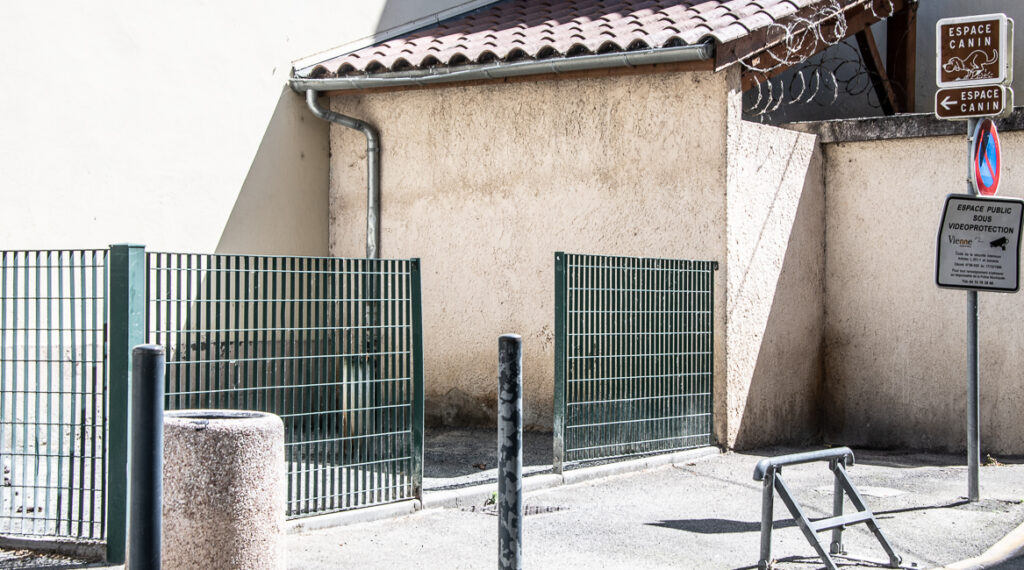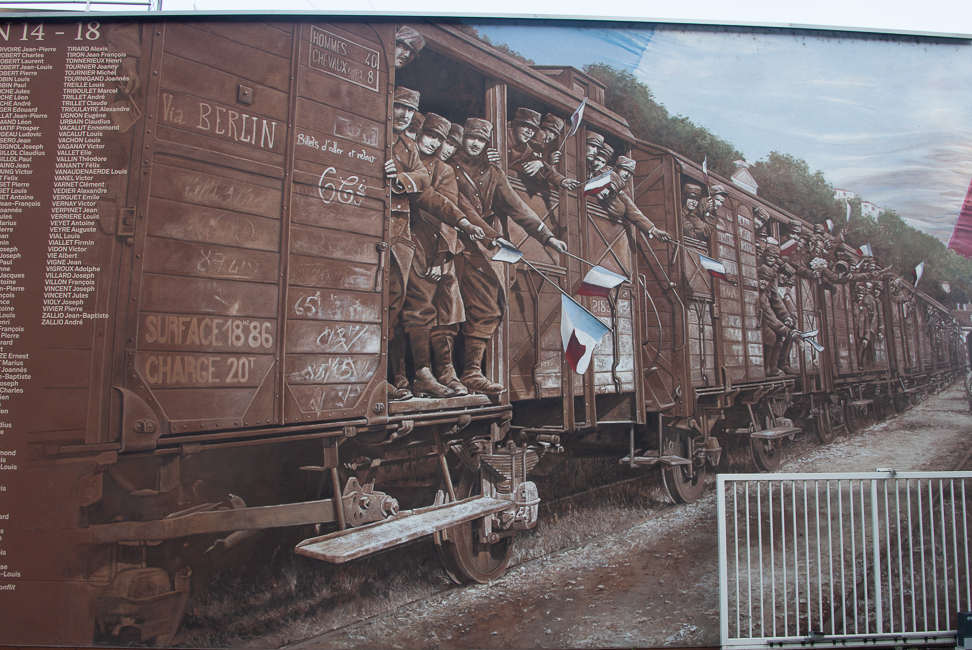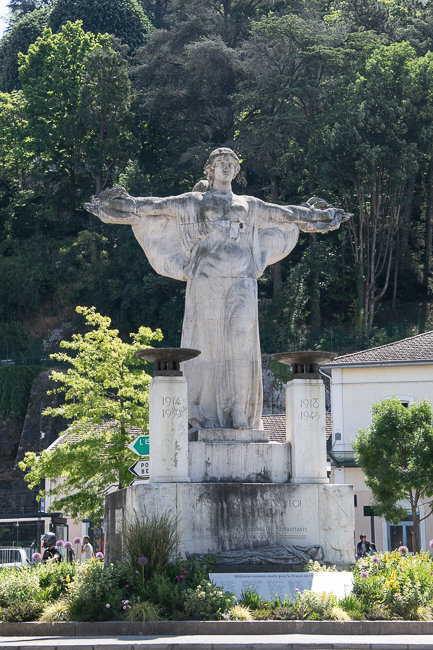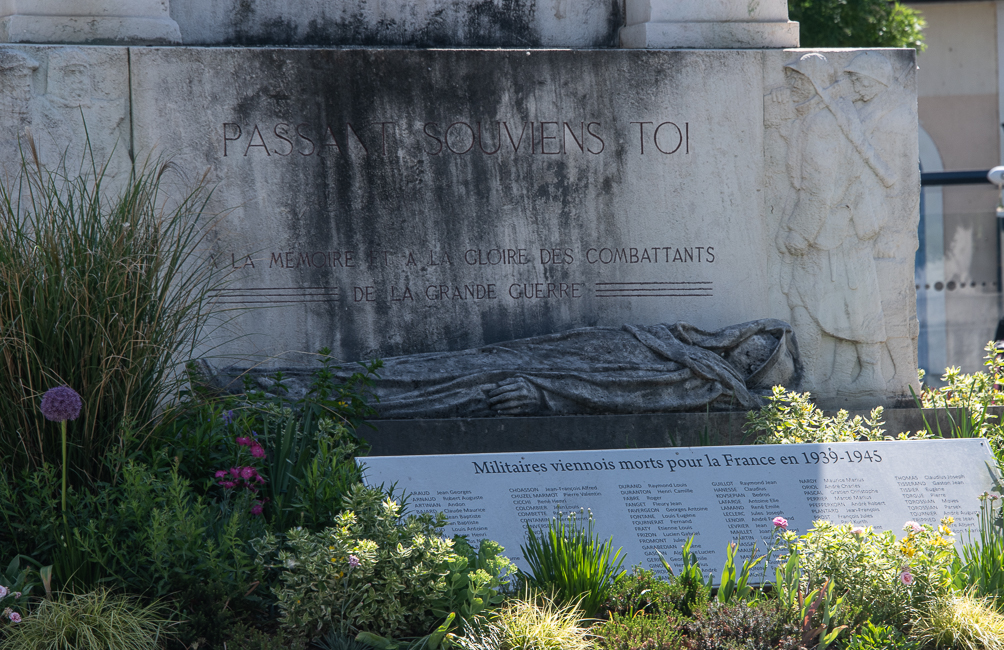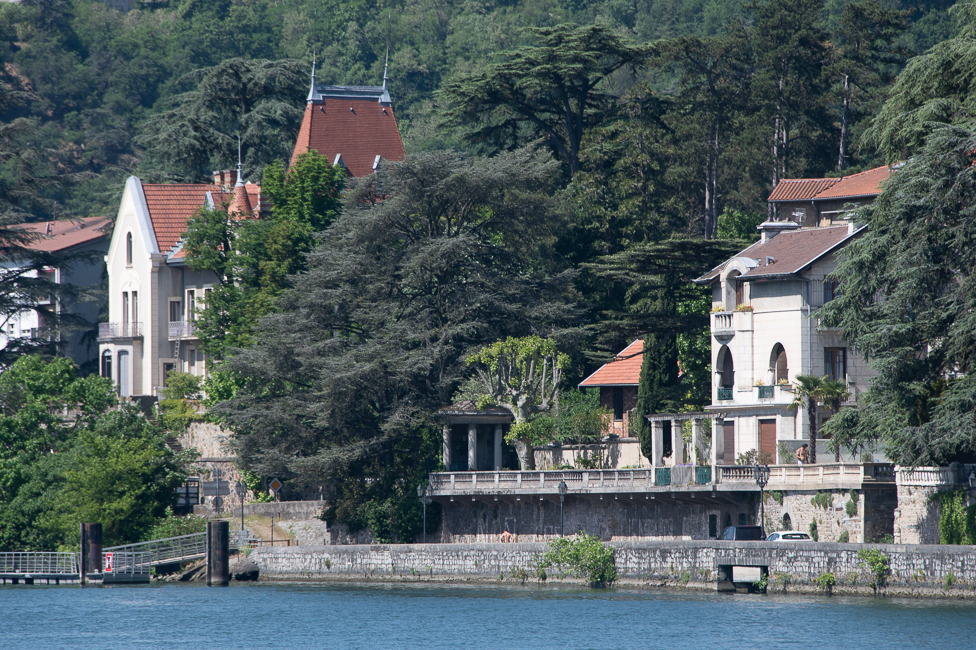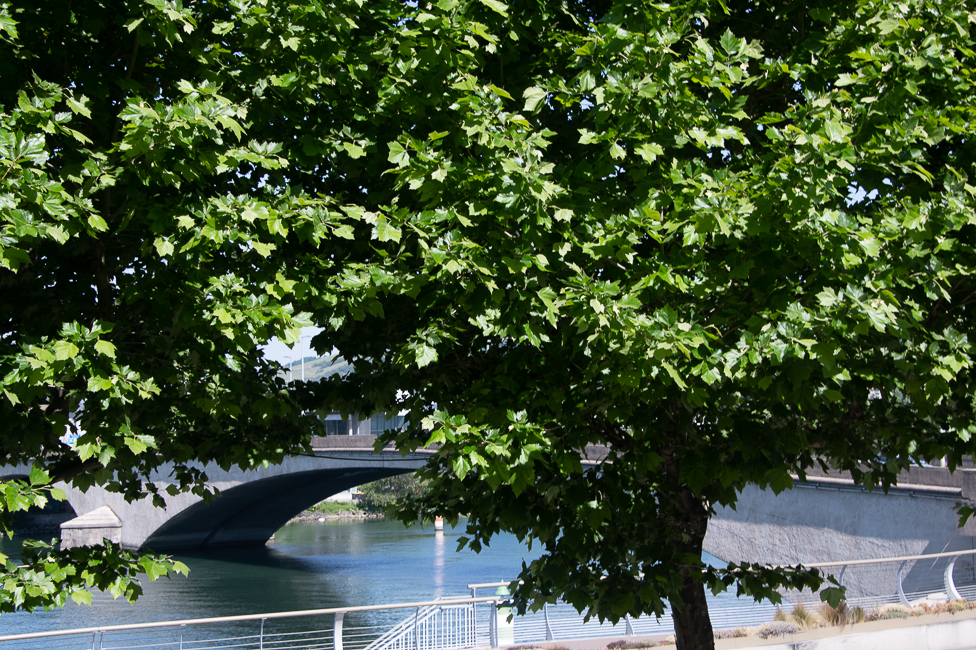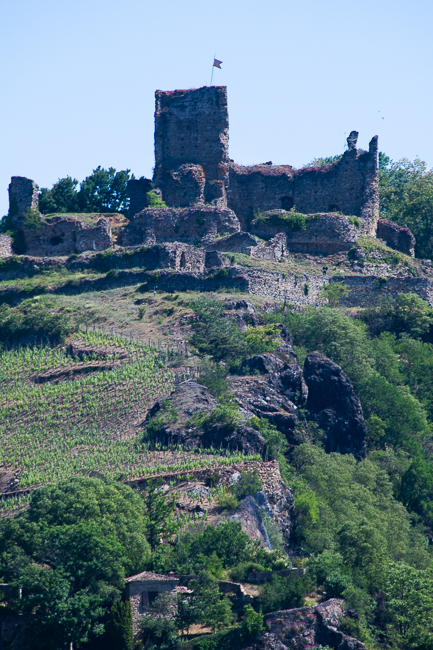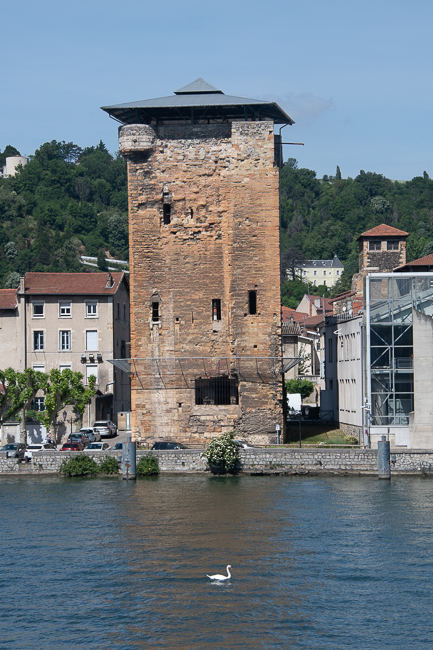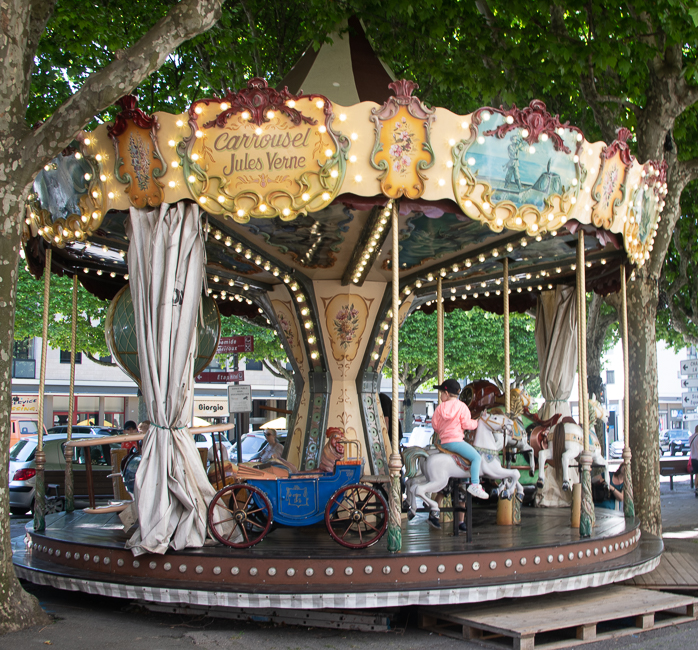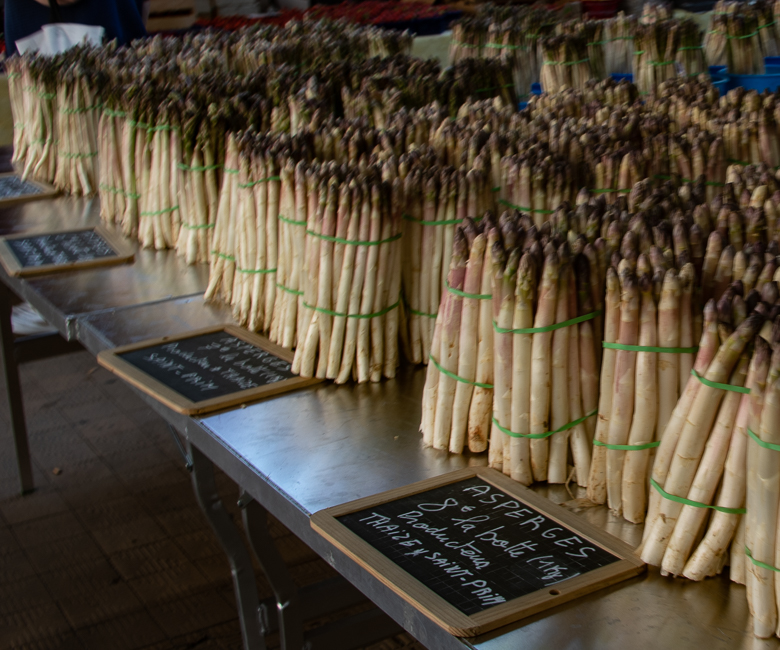May 2022
The wealthy power couple Adolph and Apollonia Wolf were generous benefactors of the Munich art scene during the late 19th and early 20th centuries. In the early 1900s, the Wolfs commissioned local sculptors Heinrich Düll and George Pezold to create a piece of public art that would memorialize the family name. This Art Nouveau sculpture which sits above a fountain with four wolf-headed spouts was dedicated in 1904.
The bronze statue of Shakespeare’s Juliet from Romeo and Juliet was a gift from the city of Verona and sits behind the New Town Hall. Apparently you are supposed to touch Juliet’s breasts for a chance at undying love.
While everyone gathers around to watch the Glockenspiel show in Marienplatz there are a few other places to enjoy hourly chimes. This one spins and spins while the bells chime and the cymbals clang.
I was particularly charmed by the chimes and dance from this one on a street corner in town.
I had no idea who this fellow was, I just fascinated with the sculpting technique it is so unique. The whole scene is somewhat poignant with the detritus of a nearby flower bed at his feet. Maximilian von Montgelas was a nobleman and statesman. The statue is aluminum, and was done by Karen Sander in 2005.
The word gargoyle comes from the French gargouiller. It is also the root for gargle. I often think people do not understand that these are placed on buildings as a way of evacuating water, but in this guy someone has done a masterful job of showing the spout and making his purpose quite obvious.
If it isn’t a gargoyle it is a grotesque, and I have a rather obsessive love for them. Here are some of the ones that caught my eye around Munich.
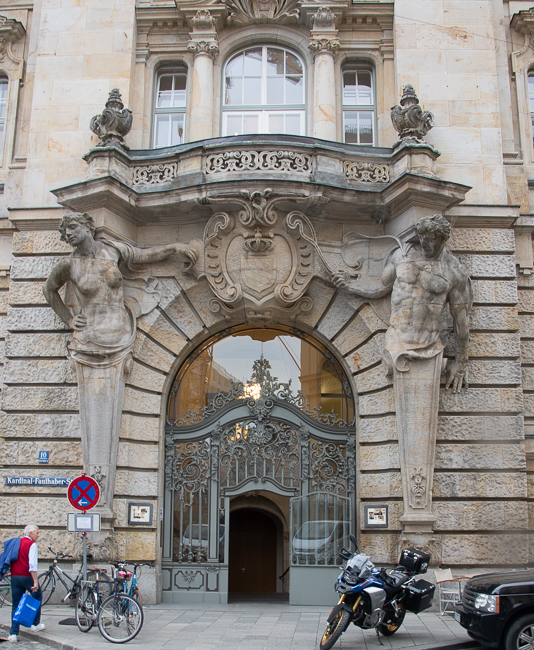
Atlas figures another passion of mine. Women are Caryatids and men are Atlas’s. I have never seen one of each sex on a building before.
At first I wondered if this was a Munich take on the “ghost bikes” you find around the world, but later I saw “ghost bikes”, that were the universally accepted, actual bikes painted white. I read that these were a fundraising concept to aid Belarus, but was unable to substantiate that comment.
This sculpture at Ganghoferstraße 29A is titled Umschreibung. According to the artist, Olafur Eliasson, it is supposed to create “movement without destination, a space defined by motion rather than walls”. It was created in 2004.
This sign is at the Sendlinger Tor Theater and it is hand painted. The theater opened in October 1913 with a showing of the Italian silent film Marcantonio e Cleopatra (Cleopatra, die Herrin des Nils; Antony and Cleopatra). Over 25 million visitors have entered the theater.
For the past 25 years the posters at the theater have been painted by René Birkner, and are often completed in less than a night. Birkner is one of the few remaining film poster painters in Germany.
The Munich Coat of Arms has a boy monk cloaked in black with gold trim, wearing red shoes, and holding a red book on a white/silver background. München, the German word for Munich, basically means “of monks”. It is thought that the monks image on the coat of arms is possibly a play on the city’s heritage.
This 59 foot tall statue of Bavaria is the earliest bronze statue of the Germany’s modern era. It was commissioned by King Ludwig I in 1837 to crown the Bavarian hall of fame.
The statue took 13 years to complete, with the project outliving the architect and the reign of the king. This was due in large part to techniques not used since ancient times. King Ludwig was even recorded saying, “Only Nero and I have produced such giant statues – no-one has done it since Nero’s time.”
It also took many years to install, the first portion went up in 1844, it was completed 6 years later.
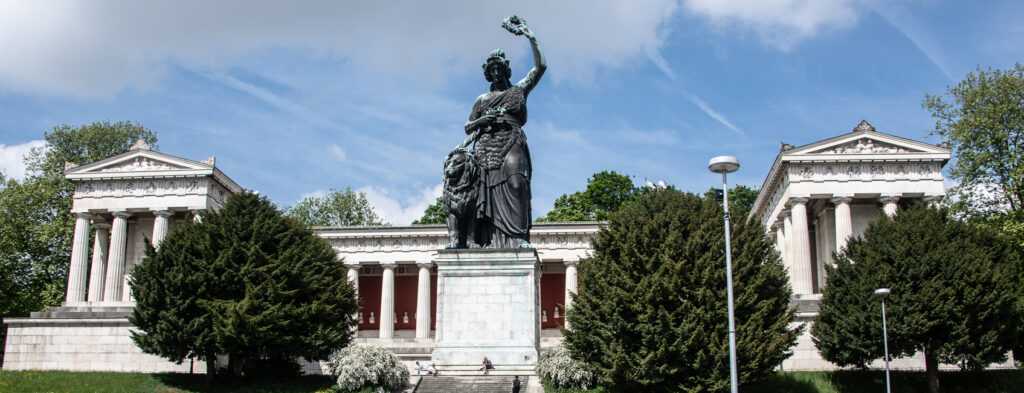
Bavaria in front of the Bavaria Hall of Fame. Inside the colonnade of the Hall of Fame are over 90 busts of Bavaria’s most celebrated people including artists, politicians, and scientists.
Every town has its own off the beaten tracks fun curiosities, these are just a few that I found in Munich
